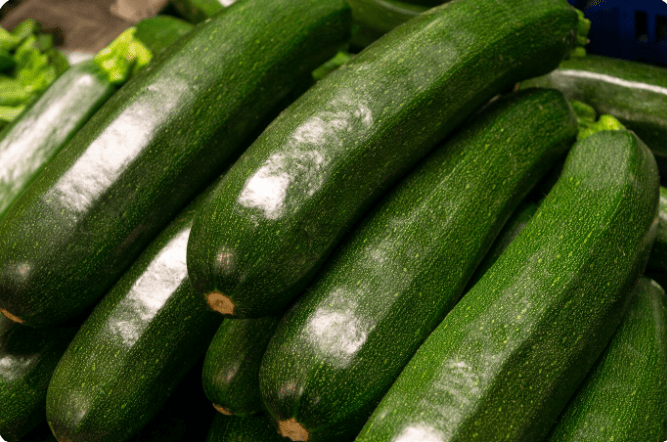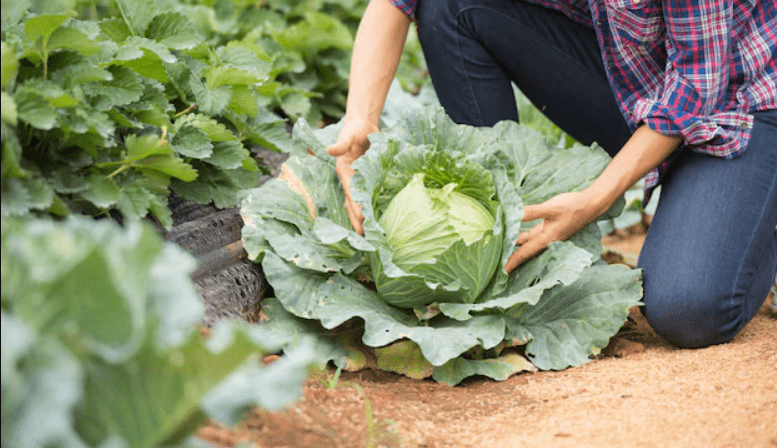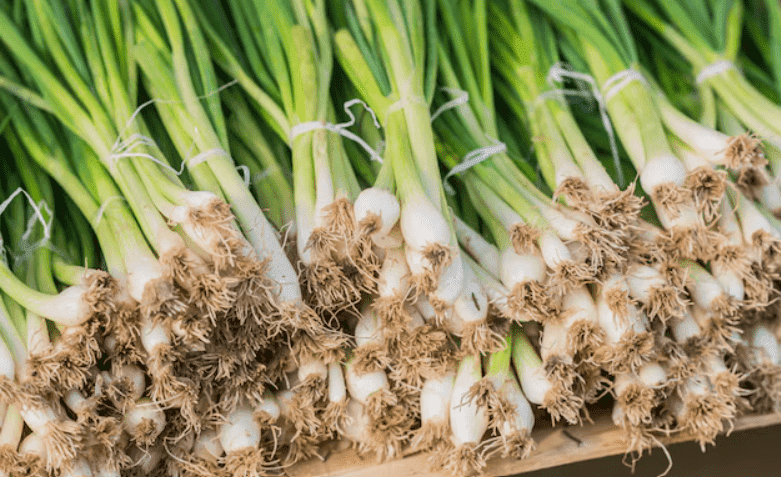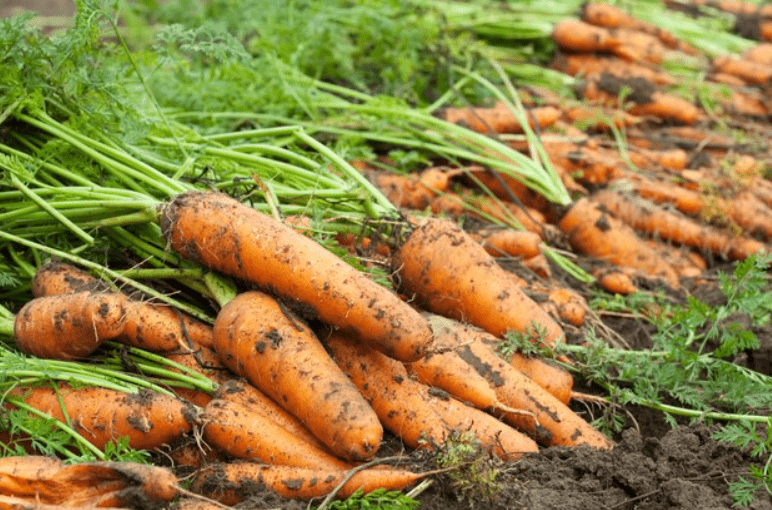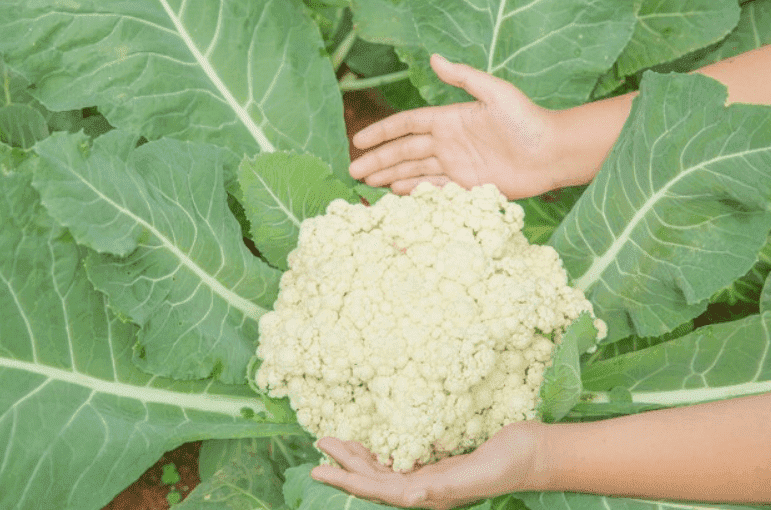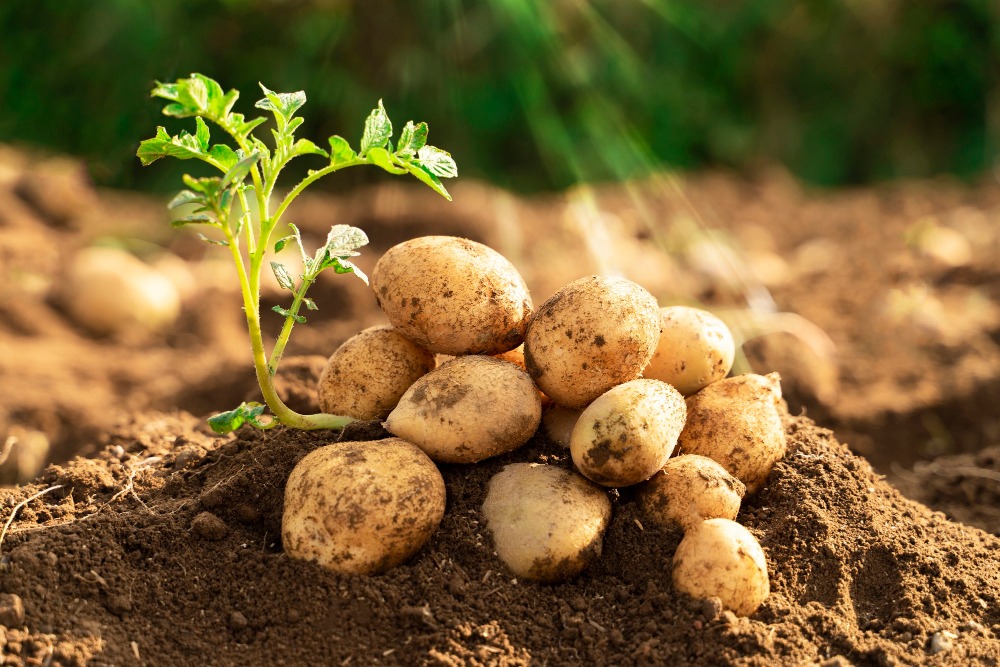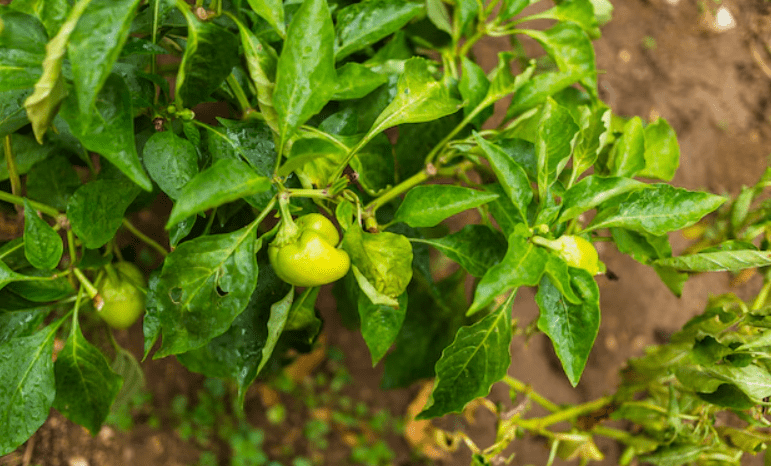Most gardeners agree that cultivating and maintaining zucchini is straightforward, often resulting in a generous harvest. Although zucchini grows vigorously, you’ll still need to follow some key steps to ensure a steady and healthy harvest. This sun-loving plant requires six to eight hours of direct sunlight daily and prefers soil that stays evenly moist and well-nourished. You’ll also need to keep an eye out for a handful of common pests. Here’s a complete guide on how to grow zucchini that flourishes year after year.
Table of Contents
ToggleWhen to Plant Zucchini
Zucchini thrives in warm weather and doesn’t handle frost or cold temperatures well. The ideal time to plant is in early summer, once the temperature consistently reaches 70°F or higher. It is known for its rapid growth, with an average of one to two inches daily. Zucchini can yield as much as ten pounds of squash from a single plant. It typically takes around two months to mature, and since it grows quickly, you can plant and harvest it more than once during the same growing season.
How to Plant Zucchini
Zucchini vines grow quickly and can spread widely, so plan your garden space accordingly. If you’re short on room, growing zucchini vertically on a trellis is a great option.
- Choose a sunny spot: Zucchini thrives in full sun. Select an area with plenty of direct light and nutrient-rich, loamy soil. Mixing in organic compost will give your plants a healthy start.
- Check the temperature: Plant your seeds once outdoor temperatures stay above 70°F, and the soil has warmed to at least 60°F.
- Plant the seeds properly:
- Dig holes at least 1 inch deep and space them 2 to 3 feet apart.
- Drop a seed into each hole.
- If using a trellis, plant seeds about 2 feet apart directly in front of the trellis.
- Water consistently and keep the soil moist but not soggy. Avoid letting the soil dry out completely.
8 Tips for Growing Zucchini
Learning how to grow zucchini doesn’t stop after planting the seeds in your garden. Your plants require consistent care and attention to ensure a healthy harvest.
Water Generously
Zucchini, like other squash varieties, needs consistent moisture to grow well. Aim to provide around one inch of water per week, adjusting the amount based on soil dryness. If the soil feels too dry, add an extra inch. In early spring, watering once a week is usually enough, but as temperatures rise, increase to two or three times per week.
Use Quality Soil
Invest in quality soil. Healthy soil is key to growing strong zucchini plants. Choose loamy soil with good drainage, ideally made up of 40% sand, 40% silt, and 20% clay. Enhance your soil’s richness by incorporating compost, mulch, or other organic matter to increase nutrient availability and improve moisture retention.
Use a Natural Pesticide
Zucchini is susceptible to pests such as squash bugs, cucumber beetles, and vine borers. Use organic or non-toxic pesticides to control insects without harming the plant. To keep larger pests out, consider adding a garden net or fence around your zucchini beds.
Compost and Mulch
The organic materials found in compost, such as fungi, bacteria, and minerals, help activate the soil and boost plant immunity. This not only strengthens your zucchini plants but also extends the lifespan of your crops. Adding mulch or a light layer of fertilizer to the topsoil can support early growth. Don’t over-fertilize, as it can cause issues like blossom end rot or other plant diseases.
Weed Regularly
Regular weeding is a vital part of maintaining a healthy garden. Make it a daily habit, ideally in the morning when the soil is moist and weeds are easier to pull out. Frequent weeding helps prevent harmful fungi such as powdery mildew or plectosporium blight from spreading and damaging your zucchini plants.
Hand pollinate
If natural pollinators are limited and your zucchini flowers are wilting without producing fruit, consider hand pollination. Start by identifying male and female flowers. Male flowers grow on a single stem, contain pollen, and don’t bear fruit, while female flowers have multiple stems and a thick, zucchini-shaped base. Gently move pollen from the male flower to the female flower’s stigma using a soft brush or your fingertip. When done correctly, this can boost fruit development and overall yield.
Keep a Journal
Track key details such as planting dates, crop locations, pest issues, and general plant health. Daily notes help you monitor progress, identify problems early, and improve your gardening methods over time.
Consider Companion Planting
Zucchini pairs well with other vegetables, such as garlic, peas, and mint. Companion planting can lead to healthier growth, better pest resistance, and more efficient use of garden space. It’s a smart strategy to boost your zucchini’s productivity while enriching the overall garden environment.

